Views: 5
Makita tools are made in Japan, China, Thailand, the UK, Romania, Germany, and Brazil.
If you have asked where is makita tools made, you are not alone. I have spent years buying, testing, and tracking Makita gear on job sites and in shops. In this guide, I lay out the global map, how to spot origin, and what it means for quality and value. Stick with me, and you will be able to answer where is makita tools made with confidence.

Contents
- Makita at a glance
- Where Makita tools are made: country-by-country
- Why Makita builds tools in many countries
- Quality control: is a Japan-made Makita better?
- How to tell where your Makita tool was made
- Real-world examples and my take as a user
- Environmental and ethical steps in Makita manufacturing
- Common myths about Makita manufacturing
- Frequently Asked Questions of where is makita tools made
- Where is Makita tools made right now?
- Why does the same Makita model come from different countries?
- Are Japan-made Makita tools better than China-made?
- Does Makita make tools in the USA?
- How can I check where my Makita tool was made?
- Why do Makita batteries list two countries?
- Is it normal if my tool and battery say different countries?
- Conclusion
Makita at a glance
Makita started in 1915 in Japan and is still based in Anjo, Aichi. It built a strong name with pro trades for decades. Today, Makita runs a global network of plants, R&D teams, and service hubs.
When people ask where is makita tools made, they often hope for one country. The truth is, it is a global build strategy. Different plants make different tools to match demand and local needs. This helps Makita keep shelves stocked and prices fair.
From my own use, it shows. My Japan-made impact driver and my China-made grinder both feel tight and strong. The labels differ, but the work does not.
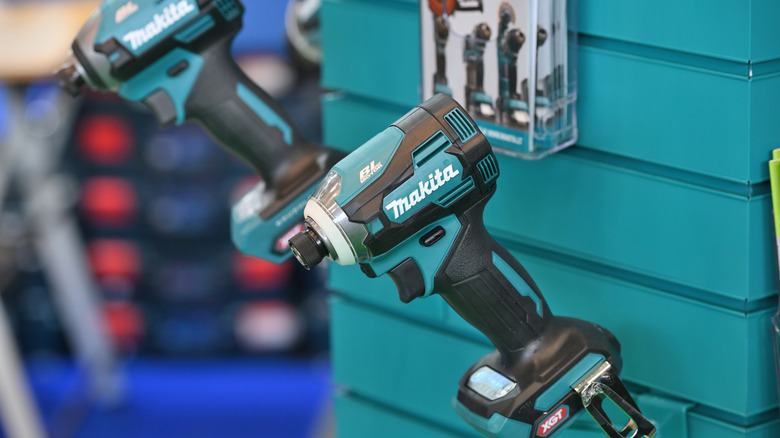
Where Makita tools are made: country-by-country
Makita spreads production across key regions. This lowers shipping time, meets local rules, and balances cost. If you wonder where is makita tools made, here are the main sites you will see on labels:
- Japan. High-end lines, precision models, and flagship drivers and saws. Strong focus on motor tech and tight tolerances.
- China. Large-scale cordless tools, chargers, and many value models. Broad output for global demand.
- Thailand. Big volume for lithium-ion lines, including many LXT tools and batteries.
- United Kingdom. Telford plant serves Europe. Corded tools and select cordless models for the EU market.
- Germany. Outdoor power tools, including chain saws, due to Makita’s Dolmar heritage in Hamburg.
- Romania. European production and assembly to speed supply in the EU.
- Brazil. Tools for Latin America to handle tariffs and local specs.
Note on the United States. Makita has major distribution, service, and training centers in the U.S. Some light assembly or kitting may occur. Most finished tools for North America are imported from the plants listed above.
Plant footprints can change. Makita updates lines to match demand and parts supply. If your goal is to pin down where is makita tools made for one model, always check the label on your exact tool.

Why Makita builds tools in many countries
There is a simple reason for this spread. It gets tools to pros faster and keeps prices in check. It also helps Makita meet local safety rules and power standards.
- Speed. Making closer to the customer cuts lead times.
- Cost balance. Plants in varied regions help manage material and labor swings.
- Risk control. If one area slows, others keep output moving.
- Local specs. EU and North America have different rules. Local build helps meet them fast.
This is why a short question like where is makita tools made can have a long answer. The answer shifts with the model, the market, and the year.

Quality control: is a Japan-made Makita better?
Makita runs global quality systems across plants. The company sets the same specs for motors, gear sets, and switch life. Plants follow shared test rigs and inspection plans. Most facilities are ISO certified for quality.
Is a Japan-made tool always better? In my hands, not by default. I own Japan, China, and Thailand builds. The feel is close. What matters more is the model tier, not the country. Pro brushless lines hold up great whether they say Japan, China, or Thailand on the plate.
If your concern is where is makita tools made and quality, look at the series and specs first. Then check the origin label if you prefer one plant.
How to tell where your Makita tool was made
You do not need a database. The tool will tell you. Here is how I check when a client asks me where is makita tools made for a tool on site:
- Nameplate. Look on the motor housing or base. It lists the country of origin.
- Packaging. Boxes often list made-in text near the barcode.
- Manual. The first few pages may note origin or plant code.
- Battery and charger. Labels show cell origin and assembly location.
- Service label. Service centers can scan the serial to confirm plant codes.
Do note that batteries can say cells from one country and assembled in another. That is normal for lithium packs.
Real-world examples and my take as a user
I keep a small fleet for testing. My XDT series impact driver says Made in Japan. My 4.5 inch brushless grinder says Made in China. My circular saw came from Thailand. All three have seen dust, heat, and daily cuts. All three still track straight and run cool.
When a reader asks where is makita tools made, I ask back, what job do you need done? Pick the right tool for the task and tier. The origin stamp matters less than the spec, the blade, and your care of the tool.
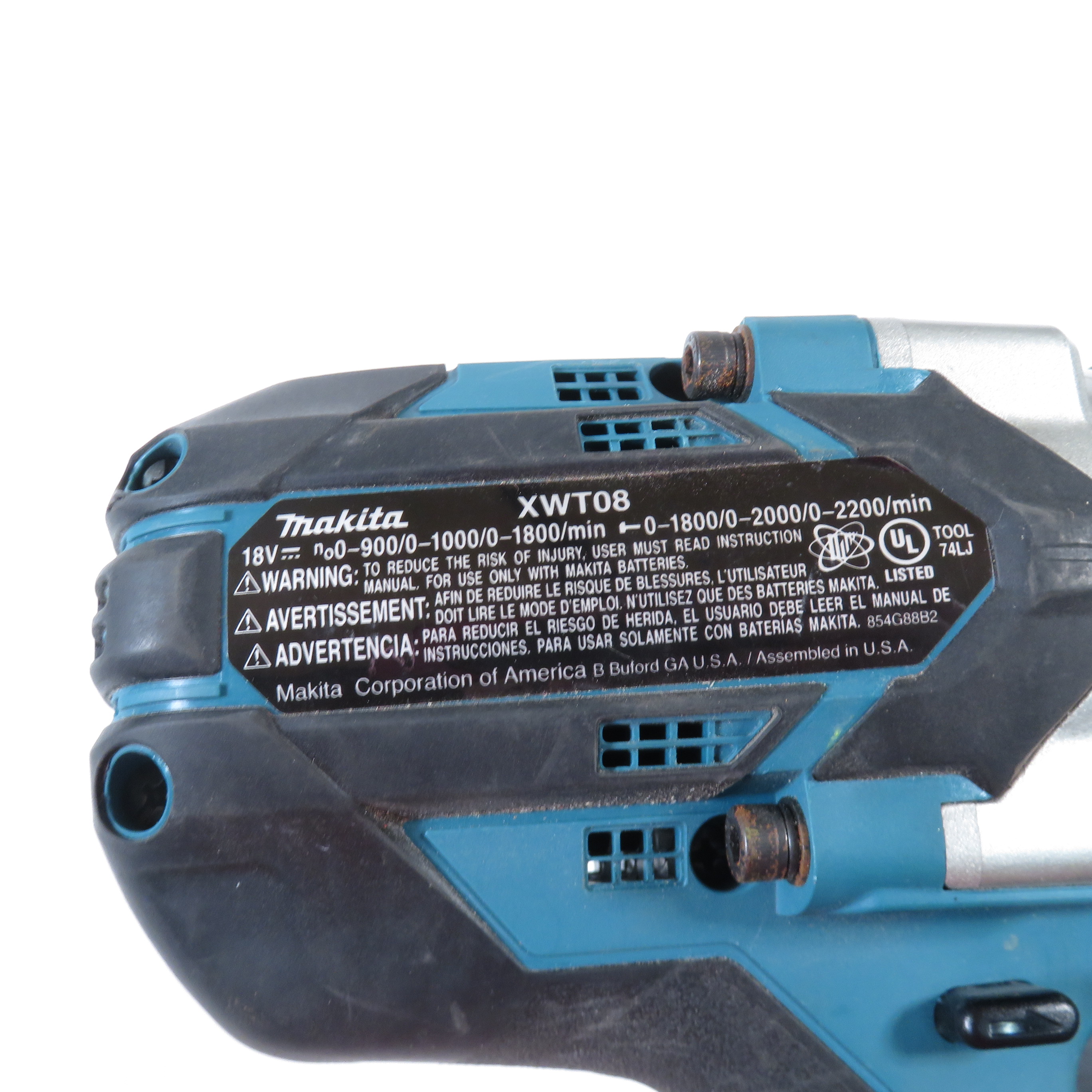
Environmental and ethical steps in Makita manufacturing
Makita reports efforts to cut energy use, reduce waste, and meet chemical rules. Plants use solvent capture, water recycling, and drive to RoHS compliance on parts. Outdoor tools shift to battery power to cut small-engine emissions.
Supply chains change, and policies evolve. If you are asking where is makita tools made for sustainability reasons, check the latest corporate reports for your region. Look for updates on energy, packaging, and supplier audits.
Common myths about Makita manufacturing
Let’s clear a few myths I hear when folks ask where is makita tools made.
- Only Japan-made Makita tools are good. Not true. Model tier and design matter more than the plant. Many great tools come from Thailand and China.
- China-made means fake. Not true. Makita runs and audits its plants. Buy from trusted sellers to avoid knockoffs.
- Country of origin changes the warranty. Warranty terms are set by region, not the factory location.
- All tools from one plant are the same. Plants run many lines. Specs vary by model and market.

Frequently Asked Questions of where is makita tools made
Where is Makita tools made right now?
Makita tools are made in Japan, China, Thailand, the UK, Romania, Germany, and Brazil. The exact country depends on the model and market.
Why does the same Makita model come from different countries?
Makita balances demand, logistics, and parts. If one plant is full, another may make the same model to keep supply steady.
Are Japan-made Makita tools better than China-made?
Both follow the same quality standards. What you feel in use depends more on the model tier, motor type, and the work you do.
Does Makita make tools in the USA?
Makita runs large U.S. facilities for distribution, service, and training. Some light assembly or kitting may occur, but most finished tools are imported.
How can I check where my Makita tool was made?
Look at the tool’s nameplate, the box near the barcode, or the manual. Batteries and chargers also list cell origin and assembly location.
Why do Makita batteries list two countries?
Battery cells may come from one country and be assembled in another. This is common in lithium-ion pack production.
Is it normal if my tool and battery say different countries?
Yes. Tools and batteries often come from different plants. Both still meet Makita’s quality standards.
Conclusion
You came here asking where is makita tools made. Now you know it is a global answer: Japan, China, Thailand, the UK, Romania, Germany, and Brazil. That spread helps Makita keep tools in stock, on spec, and ready for the work you do.
Pick the right model for your jobs, check the label if you care about origin, and buy from trusted sellers. Ready to go deeper? Subscribe for more tool guides, or drop a comment with your model number and I will help you track its origin.

